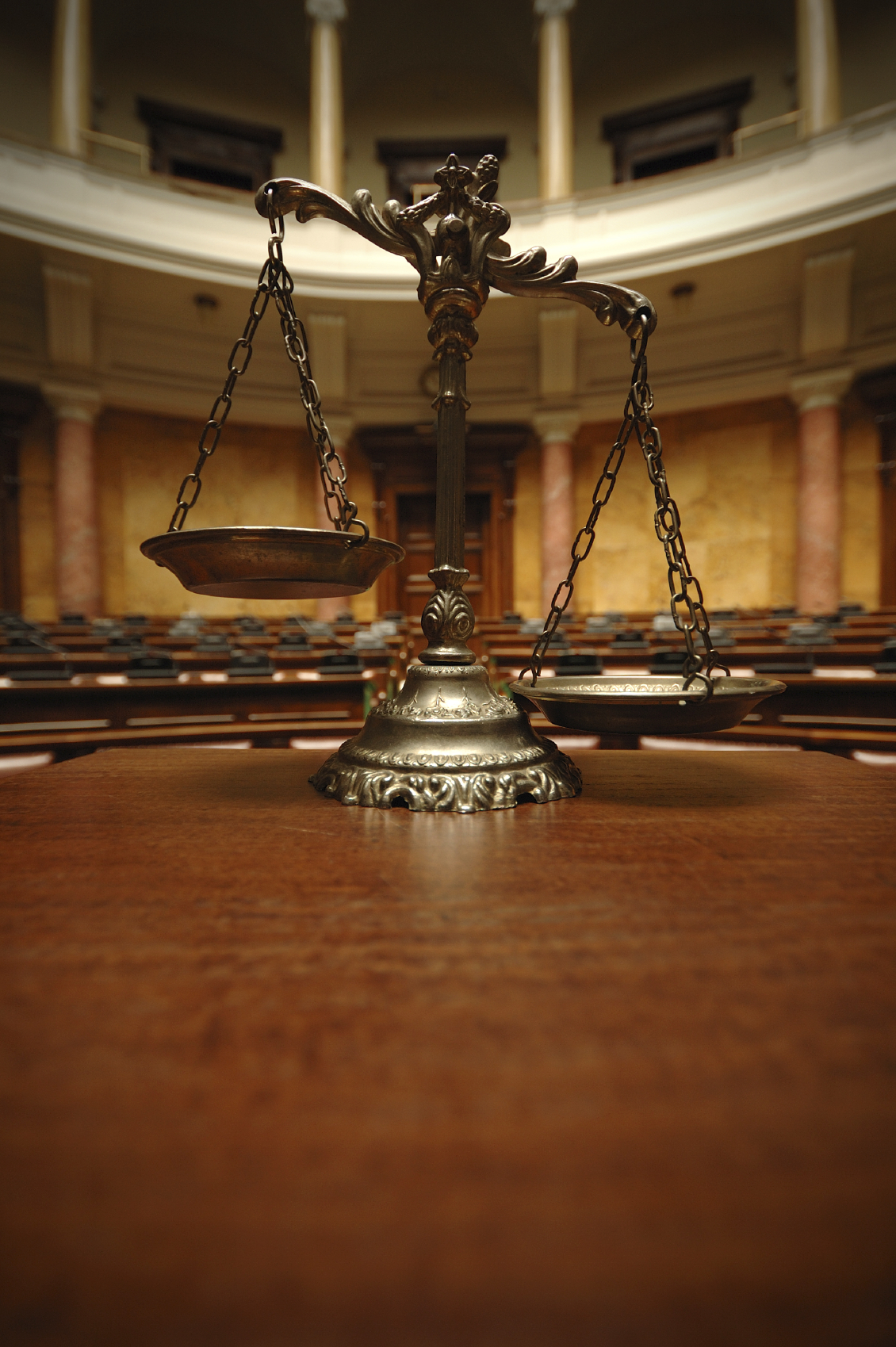
Modern-day alchemy
Well, I’ve got some good news and some bad news. The good news is that there may be an elegant solution on the horizon to the gigantic problem of garbage—and not just the kind that gets dumped in landfills, but hard-to-recycle plastics, too, along with agricultural wastes, used tires, and just about everything else. More good news: we might get to reduce dependence on foreign oil and pay less for gasoline in the process. The bad news? More cheap oil to burn means more carbon dioxide going into the atmosphere, perpetuating the already dire problem of global warming.
The technology that makes it possible to do this is called the thermal depolymerization process, or TDP for short. It was developed for commercial use a couple of decades ago by a company called Changing World Technologies (now owned by Canadian firm Ridgeline Energy Services), and its first full-scale plant operated for a number of years in Carthage, Missouri. Now various other firms are taking the same technology in other directions. In any case, the idea behind TDP is not new—in fact, it’s millions of years old. Take organic matter, subject it to heat and pressure, and eventually you get oil. Of course in nature, “eventually” is usually an inconvenient number of millennia; TDP shortens that time to hours, if you can believe that.
A Well-Oiled Machine
TDP is a surprisingly straightforward five-step process. First, raw materials are fed into an industrial-grade grinder where they’re chopped up into extremely small bits and mixed with water. The mixture is then subjected to heat and pressure, breaking molecular bonds and reducing the material to simpler components in as little as 15 minutes. The next step is reducing the pressure dramatically to drive off the water; in the process, some useful minerals such as calcium and magnesium settle out as valuable byproducts. The remaining slurry is sent into a second reactor, which uses even higher temperatures to produce a hydrocarbon mixture. Finally, a distillation step divides the hydrocarbons into vaporous gas (a mixture of methane, propane, and butane), liquid oil (similar to a mixture of gasoline and motor oil), and powdered carbon.
All that to say: garbage in, (black) gold out. The process itself produces no waste materials, unless you count water, which can be recycled in the system. The gas can be used to produce heat for the machine itself; oil can be sent to refineries to be made into a variety of useful products; carbon can be turned into everything from water filters to toner cartridges; and the remaining minerals can be used as fertilizer.
Virtually any organic material can be fed into a TDP apparatus. By making adjustments to the combinations of temperature, pressure, and cooking times, various input products (referred to as feedstock) can produce a wide range of output products; the proportions of, say, gas to oil to carbon will depend on the composition of the feedstock. The first fully operational TDP system was used to recycle the waste at a turkey processing plant. All the turkey parts that weren’t used as meat—skin, bones, feathers, and so on—were fed into the machine, thus solving a serious waste problem (up to 200 tons per day) while creating commercially valuable products. But TDP can also process discarded computers, tires (even steel-belted radials), plastic bottles, agricultural waste, municipal garbage…you name it.
Almost nothing is too messy or too scary for TDP to handle. It can make clean, safe materials out of sewage, medical wastes, dioxins, and other biohazardous materials. Even anthrax, for crying out loud. Apparently the only kind of material this system can’t handle is nuclear waste—I guess you can’t have everything.
Pouring Oil on Troubled Water
Thermal depolymerization is still finding its footing for commercial use, though similar processes have been known for many years. The problem was that they were always too expensive to operate; it cost more for the fuel to decompose the garbage than the resulting materials were worth. The inventors of TDP claim that it is highly energy-efficient—better than 85% in most cases. If that is true, if it continues to be true on a large scale, and if demand is sufficiently high, then TDP may eventually be able to produce oil more cheaply than drilling, and get rid of garbage as a convenient side-effect—or vice-versa, if you prefer.
As fantastic as TDP sounds, the process does have its critics. Some engineers have expressed skepticism that the energy efficiency could be even close to what proponents claim. Even supposing that it were, the oil needs of the United States are currently so massive that if all the agricultural waste in the country were processed into oil, it would still be just a drop in the bucket (so to speak). In other words, so the argument goes, the process holds more promise as a method of recycling and waste reduction than it does as a source of fuel.
The more optimistic viewpoint is that if TDP comes into widespread use, we won’t run out of oil as long as we have garbage. But that also means there will be less incentive to reduce oil consumption or seek out cleaner alternative power sources. Ah, but I suppose every silver lining must have its cloud.
Note: This is an updated version of an article that originally appeared on Interesting Thing of the Day on August 3, 2003, and again in a slightly revised form on June 4, 2004.
![]()
Go to Source
Author: Joe Kissell

